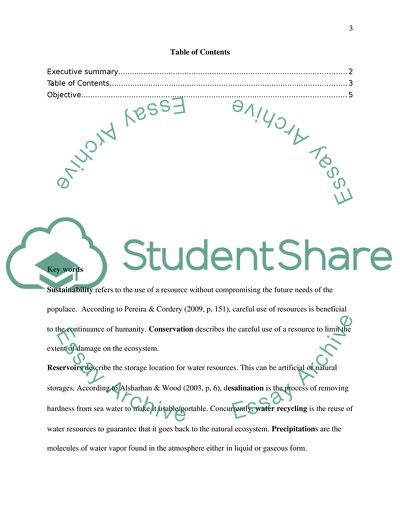Cite this document
(The Historical Context of Sustainability Research Paper, n.d.)
The Historical Context of Sustainability Research Paper. Retrieved from https://studentshare.org/environmental-studies/1786709-historical-context-of-sustainability
The Historical Context of Sustainability Research Paper. Retrieved from https://studentshare.org/environmental-studies/1786709-historical-context-of-sustainability
(The Historical Context of Sustainability Research Paper)
The Historical Context of Sustainability Research Paper. https://studentshare.org/environmental-studies/1786709-historical-context-of-sustainability.
The Historical Context of Sustainability Research Paper. https://studentshare.org/environmental-studies/1786709-historical-context-of-sustainability.
“The Historical Context of Sustainability Research Paper”, n.d. https://studentshare.org/environmental-studies/1786709-historical-context-of-sustainability.


